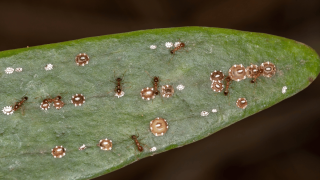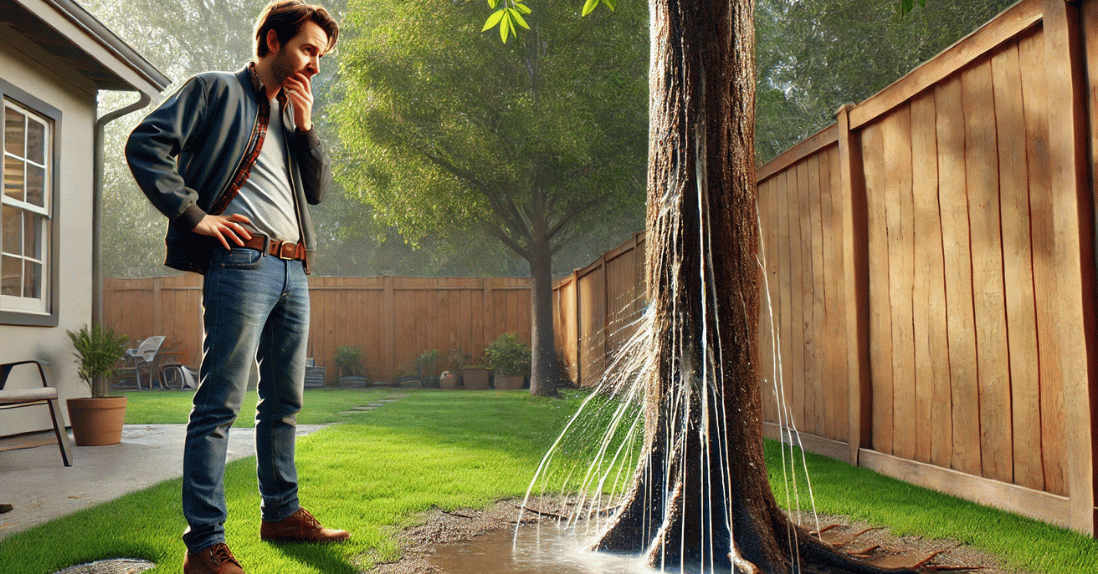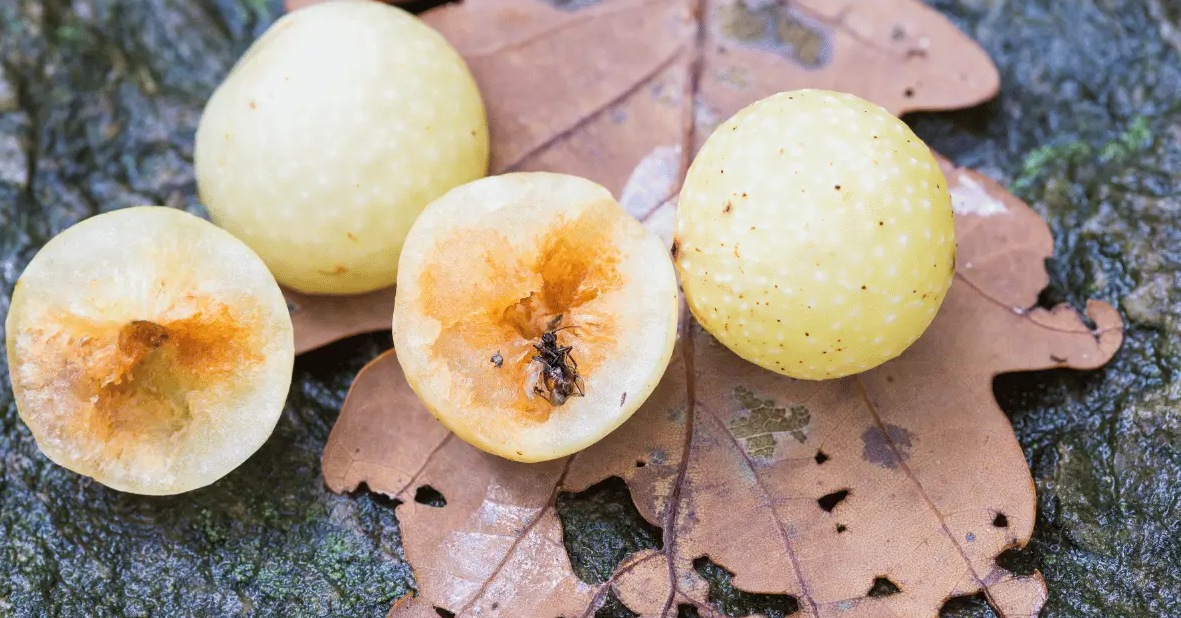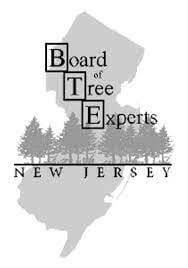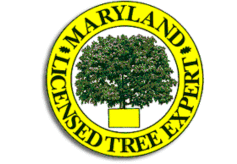You have probably seen them before. Tiny, dome shaped bumps clinging to tree bark or leaves.
They do not move. They do not buzz. But they can quietly suck the life out of your trees.
Those are scale insects, and they are some of the most destructive pests in our region.
In this article, you will learn about the common types of scale insects, how to identify them, and what you can do to protect your trees.
Key Takeaways
- Scale insects are sap feeding pests that feed on leaves, twigs, and bark.
- They fall into two main groups: armored scales and soft scales.
- Early detection is critical because infestations can spread fast.
- Treatments include pruning, horticultural oils, systemic insecticides, and biological control.
- Certified arborists can assess infestations and create a safe, long term management plan.
What Are Scale Insects
Scale insects are tiny, sap feeding pests that attach themselves to trees, shrubs, and ornamental plants.
Instead of chewing, they use straw like mouthparts to suck nutrients from plant tissue. Over time, this weakens the tree, causing yellow leaves, dieback, and stunted growth.
Here is what they look like up close:
Small bumps ranging from the size of a pinhead to a pea stuck to leaves or bark.
They are not debris or fungal growth. They are insects protected by hard or waxy coverings that shield them from predators and pesticides.
Biology and Life Cycle
The life cycle of scale insects is one reason they are so persistent.
Females can produce hundreds of eggs each year, usually tucked under their protective shell.
When the eggs hatch, crawlers emerge. This is the only mobile stage in their lives.
Crawlers wander for a few days, searching for the perfect feeding spot. Once settled, they pierce the plant tissue, start feeding, and lose their legs.
From there, they grow through several immature stages before becoming fully developed adults.
In Delaware, Pennsylvania, and New Jersey, most scale species have one or two generations per year depending on temperature. Soft scales often develop more slowly than armored ones, but both thrive in warm weather.
You will usually spot the heaviest infestations in late spring or summer when new growth attracts crawlers.
Classification of Scale Insects
There are two main types of scale insects: armored and soft scales.
Let us break them down.
Armored Scales
Armored scales have a hard, external shell that protects their soft bodies. They do not produce honeydew, and they tend to feed on bark or needles rather than leaves.
Common examples in our area include:
- Oystershell Scale (Lepidosaphes ulmi) – Gray or brown shell shaped like an oyster. Found on maples, lilacs, and ash trees.
- Pine Needle Scale (Chionaspis pinifoliae) – White, elongated scales that cover pine needles, giving them a speckled look.
- Euonymus Scale (Unaspis euonymi) – White females and brown males that cluster along stems of euonymus shrubs and hollies.
- San Jose Scale (Quadraspidiotus perniciosus) – Circular gray scales that attack fruit trees, especially apple and pear.
Their hard shell makes them tough to control, and they often go unnoticed until damage is severe.
Soft Scales
Soft scales have a waxy, pliable covering and feed on both leaves and stems. Unlike armored scales, they excrete sticky honeydew which leads to sooty mold growth, a black film that coats leaves and branches.
Common species include:
- Magnolia Scale (Neolecanium cornuparvum) – Large, brown, and oval. Among the biggest soft scales, often found on magnolia trees.
- Cottony Maple Scale (Pulvinaria innumerabilis) – Females produce long white cottony egg sacs on maple branches.
- Soft Brown Scale (Coccus hesperidum) – Oval, brown scales common on indoor plants and ornamentals.
Soft scales are easier to spot due to honeydew residue but by that time they have already stressed the tree.
Differentiation from Similar Pests
Not everything stuck to bark is a scale insect.
Lichens, leaf galls, and even old buds can look similar. So how do you tell the difference
Scales will not rub off easily. If you try to scrape them, they will feel attached.
If you see tiny holes in some scales, those might be parasite emergence holes, a sign that natural enemies like parasitic wasps have been at work.
Unlike spider mites or caterpillars, scale insects do not spin silk.
Armored scales have a distinct shell that can be removed, revealing the insect beneath. Soft scales are one piece with their body.
Arborists often check for crawlers under a magnifying glass to confirm an active infestation.
Hosts and Symptoms
Scale insects target a wide variety of trees and shrubs across the Mid Atlantic region.
Common host plants include:
- Maples
- Oaks
- Elms
- Hollies
- Magnolias
- Pines
- Dogwoods
- Ornamental fruit trees
Here are the warning signs to look for:
- Yellow mottled leaves caused by nutrient loss.
- Sooty mold, a black fungus that grows on honeydew left by soft scales.
- Canopy thinning from reduced leaf growth.
- Twig dieback from repeated infestations.
- Premature leaf or fruit drop, especially in soft scale infestations.
- Presence of ladybugs or parasitic wasps, which often indicate an existing pest problem.
The earlier you catch these signs, the better your chances of saving the tree.
Identification of Common Scale Insect Species
Let us look closer at the most common species you will encounter in Delaware, Pennsylvania, and New Jersey.
Oystershell Scale
This armored pest forms hard, oyster shaped shells on bark. They suck sap from woody tissue and can cause bark cracking and dieback.
Magnolia Scale
One of the largest soft scales, magnolia scale appears as glossy, brown bumps up to half an inch long. In summer, females produce honeydew that drips onto cars, patios, and furniture beneath infested trees.
Cottony Maple Scale
These soft scales create fluffy, cotton like egg sacs in late spring. They are most visible along the undersides of maple branches.
Pine Needle Scale
White scales that line up neatly on pine needles, giving the tree a frosted look. Heavy infestations cause yellowing and needle loss.
Euonymus Scale
A major problem for evergreen shrubs. Females are white and stationary while males are brown and elongated. They cause yellowing leaves and stem dieback.
Management and Control Methods
Now that you know what they look like, let us talk about how to get rid of them.
Pruning
For small infestations, pruning affected branches is often the first step. Dispose of pruned material to prevent reinfestation.
Dormant Oil Treatments
Applying horticultural oil in late winter smothers overwintering scales and eggs. Timing is critical. Too early or too late, and the treatment will not reach the pests.
Insecticidal Soaps and Systemic Insecticides
Insecticidal soaps target active crawlers and soft scales on contact.
For larger trees or stubborn infestations, systemic insecticides like soil applied imidacloprid work from within, killing scales as they feed.
Always follow local guidelines, as chemical options vary by state.
Biological Control
Nature lends a hand too.
Lady beetles and parasitic wasps feed on scales, helping keep populations in check.
Encouraging these beneficial insects by reducing broad spectrum pesticide use can make a big difference.
Integrated Pest Management (IPM)
Professional arborists use an IPM approach, a mix of monitoring, biological, and targeted chemical controls.
It is not just about killing pests. It is about restoring balance to the ecosystem.
How to Monitor for Scale
Here is a simple monitoring tip.
In spring, wrap double sided tape around an infested branch. Check it every few days. If you see tiny yellow specks crawling on it, you have caught the crawler stage, the perfect time for treatment.
Regular inspections by certified arborists can help spot early infestations before they spread.
Why DIY Treatments Often Fail
It is tempting to spray an all purpose insecticide, but that rarely works.
Most homeowners miss the timing, targeting adult scales when they are protected by their shells.
The best results come from seasonal treatments based on the pest’s life cycle and the specific tree species. That is where professional expertise matters.
Protecting Your Trees Year Round
Healthy trees resist pests better. Here is how to strengthen yours.
- Water during dry periods.
- Avoid over fertilizing. Excess nitrogen encourages soft scales.
- Keep mulch a few inches away from the trunk to prevent moisture buildup.
- Schedule annual health assessments with a certified arborist.
Preventive care is always cheaper than treating a dying tree.
Conclusion: Do Not Let Scale Insects Take Over
Scale insects might be small, but they can do major damage to your trees if left unchecked.
From oystershell to magnolia scale, understanding their types, habits, and warning signs gives you a head start in protecting your landscape.
If you live in Delaware, Pennsylvania, or New Jersey and suspect a scale infestation, Strobert Tree Services can help.
Our ISA Certified Arborists specialize in diagnosing and treating all types of scale insects. We follow ANSI A300 Standards for proper tree care and use safe, effective methods to restore your tree’s health.
Schedule a free tree health assessment today and keep your trees strong, beautiful, and pest free.
Call 1 800 TREE SERVICE to get started.


